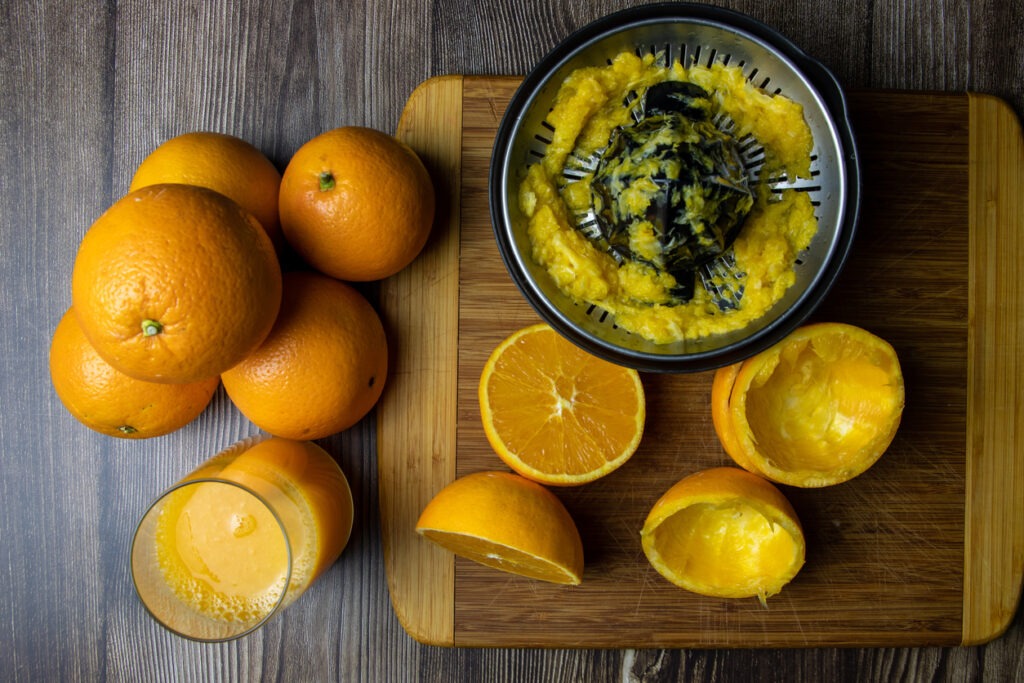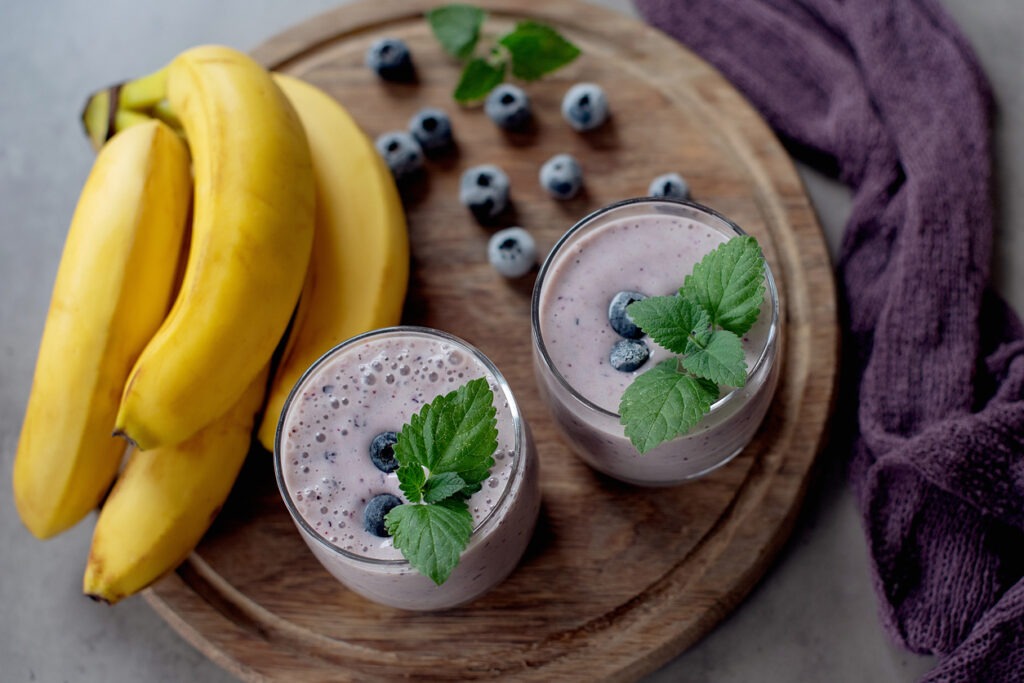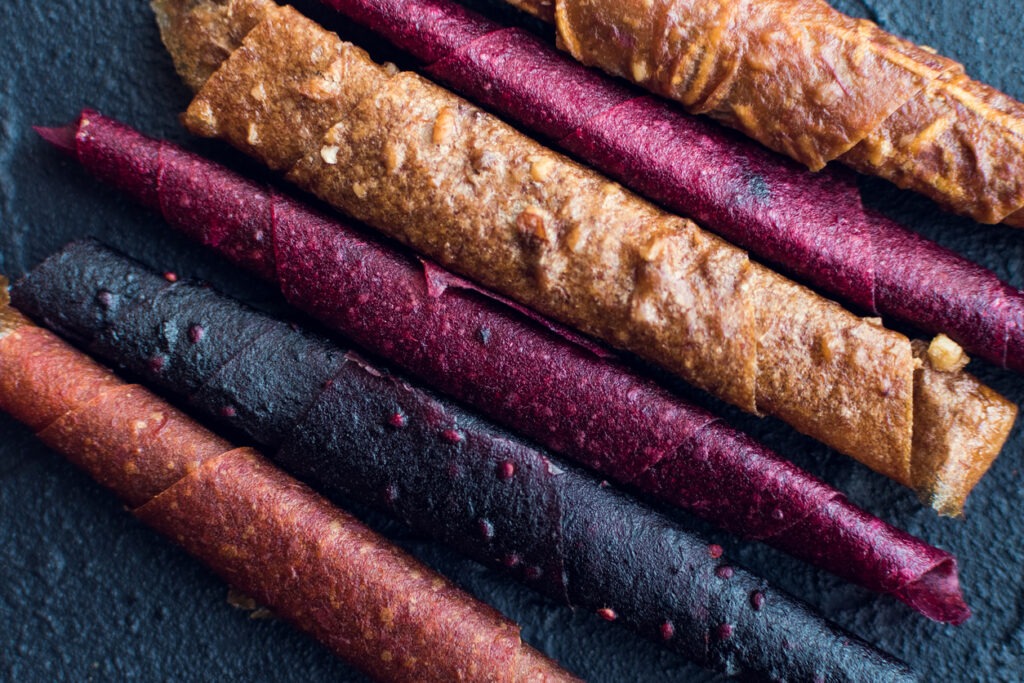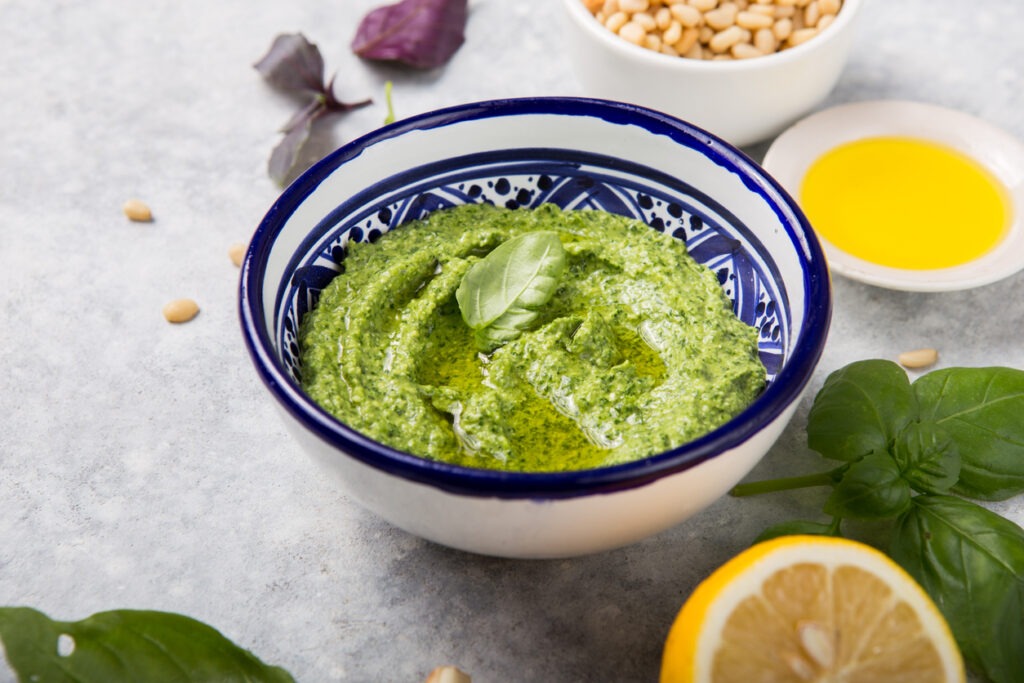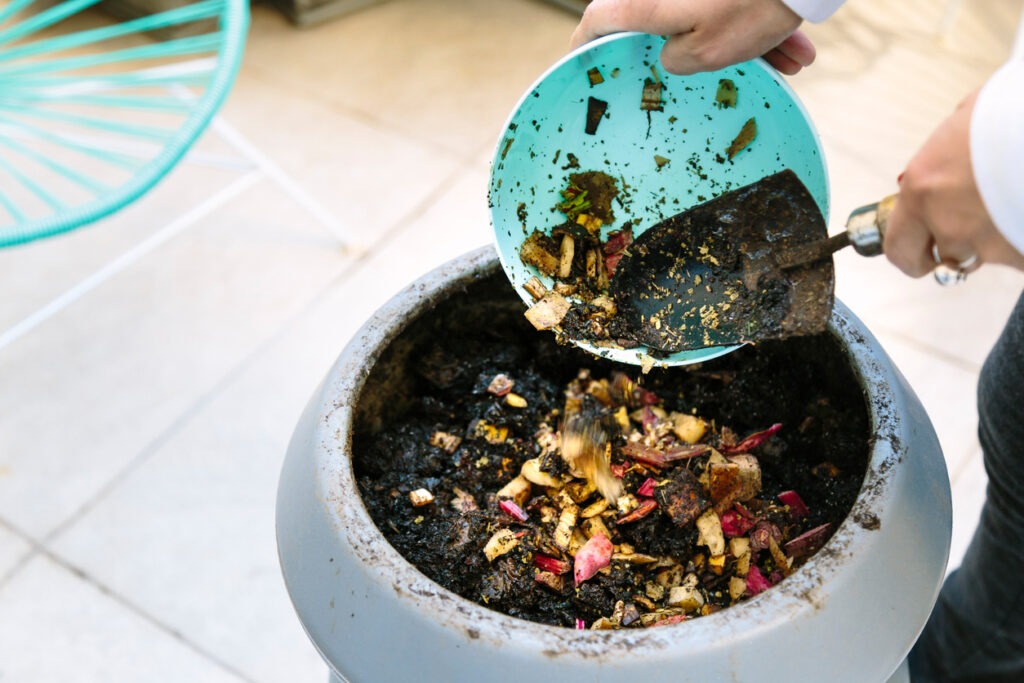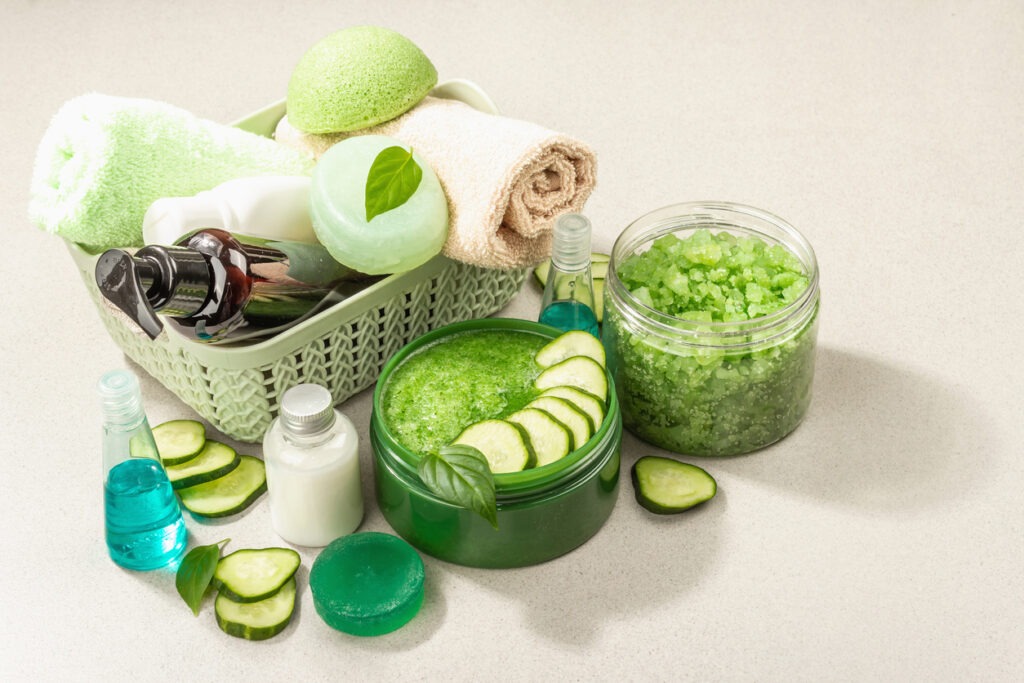In the early 20th century, Florida orange growers faced a challenge of perishable products, leading to the birth of juicing as a preservation method. Today, juicing is a health trend, but one aspect often overlooked is the generated pulp, a nutrient-rich residue. This article delves into creative, in-depth solutions to repurpose juicer pulp, contributing to a sustainable lifestyle.
Juicing extracts liquid from fruits and vegetables, leaving behind pulp, also known as “pomace.” This fibrous residue, containing leftover solids and unextracted juice, is rich in dietary fiber—an essential yet often overlooked nutrient in modern diets. Dietary fiber supports gut health, blood sugar control, and cancer prevention, making it a valuable component often discarded.
While juicing provides a quick source of concentrated vitamins and minerals, the absence of fiber in the juice can lead to unhealthy blood sugar spikes, especially with high-sugar fruits. However, for those averse to whole fruits and vegetables, juicing offers an enjoyable way to meet nutritional recommendations. To address this, repurposing juicer pulp becomes pivotal, ensuring both nutritional benefits and waste reduction.
Ways to Repurpose Juicer Pulp:
1. Beverages
Quench your thirst with a mix of unconventional drinks that go beyond the usual. Warm up with a comforting Soup Broth, enjoy the goodness-packed punch of Smoothies, or cool down with the frozen joy of Popsicles. This category introduces you to a variety of drinks that use leftover pulp for added flavor and nutrition.
a.Homemade Soup Broth: Nourishing Elixir from Pulp
Transform leftover juicer pulp into a hearty and nutritious homemade soup broth. This savory elixir not only reduces kitchen waste but also adds depth of flavor to your soups and stews.
Ingredients:
-
- 2 cups of mixed vegetable juicer pulp
- 1 onion, chopped
- 2 carrots, sliced
- 2 celery stalks, diced
- 4 cloves of garlic, minced
- 1 tablespoon olive oil
- 8 cups water
- Salt and pepper to taste
Instructions:
-
- Warm up the olive oil in a big pot on medium heat.
- Add chopped onions, carrots, celery, and minced garlic. Sauté until vegetables are softened.
- Incorporate the mixed vegetable pulp into the pot, stirring well.
- Pour in water and bring the mixture to a boil.
- Reduce heat to simmer and let it cook for at least 45 minutes, allowing flavors to meld.
- To taste, add salt and pepper for seasoning.
- Strain the broth to remove any remaining pulp.
- Use this homemade soup broth as a flavorful base for your favorite soups or enjoy it on its own.
b. Refreshing Fruit Smoothies: Burst of Flavor and Nutrients
Kickstart your day with a refreshing fruit smoothie using leftover pulp. This vibrant beverage is not only delicious but also packed with essential nutrients to boost your energy.
Ingredients:
-
- 1 cup mixed fruit pulp (berries, banana, etc.)
- 1 cup yogurt
- 1 cup almond milk
- 1 tablespoon honey
- Ice cubes (optional)
Instructions:
-
- In a blender, combine mixed fruit pulp, yogurt, almond milk, and honey.
- Blend until smooth.
- Add ice cubes if you prefer a colder consistency.
- Blend again until the desired texture is achieved.
- Pour into a glass and enjoy this nutrient-packed, homemade smoothie.
c. DIY Popsicles: Cool and Fruity Treats for All Ages
Beat the heat with delightful DIY popsicles made from juicer pulp. These cool treats are not only a fun way to repurpose pulp but also a hit with both kids and adults.
Ingredients:
-
- 2 cups fruit pulp (citrus, melon, etc.)
- 1 cup fruit juice (matching the pulp flavor)
- 2 tablespoons honey (adjust to taste)
Instructions:
-
- In a bowl, combine fruit pulp, fruit juice, and honey.
- Mix well until the honey is fully incorporated.
- Pour the mixture into popsicle molds.
- Put in the popsicle sticks and freeze for four hours or longer.
- Once fully frozen, run the molds under warm water to release the popsicles.
- Enjoy these homemade, fruity popsicles as a refreshing treat on a hot day.
2. Snacks and Appetizers
Take a tasty trip with snacks and starters that redefine snacking. Crunch into Raw Pulp Crackers for a satisfying bite, or relish the nostalgia of homemade Fruit Leather—a snack that’s both healthy and flavorful.
a. Crunchy Raw Pulp Crackers: A Snack Revolution
Elevate your snacking experience with homemade Raw Pulp Crackers—an ingenious way to turn juicer pulp into crispy, savory delights. These crackers not only provide a satisfying crunch but also pack a nutritional punch, making them an ideal guilt-free snack.
Ingredients:
-
- 2 cups mixed vegetable pulp (carrots, celery, etc.)
- 1 cup ground flaxseeds
- 1 tablespoon olive oil
- 1 teaspoon sea salt
- 1 teaspoon garlic powder
- 1 teaspoon onion powder
- Water (as needed)
Instructions:
-
- Preheat your oven to 350°F (175°C).
- In a bowl, combine mixed vegetable pulp, ground flaxseeds, olive oil, sea salt, garlic powder, and onion powder.
- Mix the ingredients thoroughly. Add water gradually until the mixture forms a thick, spreadable consistency.
- Spread the mixture evenly on a parchment-lined baking sheet, aiming for a thin and uniform layer.
- Using a knife or pizza cutter, score the mixture into desired cracker sizes.
- Bake in the preheated oven for 25-30 minutes or until the edges turn golden brown.
- Allow the crackers to cool completely before breaking them along the scored lines.
- Enjoy these Raw Pulp Crackers on their own or paired with your favorite dip for a wholesome and flavorful snack.
b. Homemade Fruit Leather: Nature’s Candy
Transform juicer pulp into a sweet and chewy delight with Homemade Fruit Leather. This delightful treat captures the natural sweetness of fruits, offering a healthier alternative to store-bought snacks. Perfect for both kids and adults, it’s a simple and enjoyable way to repurpose fruit pulp.
Ingredients:
-
- 2 cups fruit pulp (berries, apples, etc.)
- 2 tablespoons honey or maple syrup
- 1 tablespoon lemon juice (optional, for added freshness)
Instructions:
-
- Preheat your oven to 170°F (75°C) or the lowest setting available.
- In a blender, combine fruit pulp, honey or maple syrup, and lemon juice.
- Blend until smooth.
- Line a baking sheet with parchment paper and spread the fruit mixture evenly.
- Place the baking sheet in the preheated oven and leave the door slightly ajar to allow moisture to escape.
- Bake for 4-6 hours or until the fruit leather is no longer sticky to the touch.
- Once cooled, cut the fruit leather into strips or shapes.
- Roll them up, and your Homemade Fruit Leather is ready to be enjoyed as a naturally sweet snack.
3. Desserts
Satisfy your sweet cravings with desserts that turn leftover pulp into delicious treats. From the moist and flavorful Carrot Cake Cupcakes and other baked goodies to the chilly delight of Popsicles, the tasty Cream Cheese Spread, and even a special treat for pets with Dog Treats. This category brings sweetness to a whole new level.
a. Carrot Cake Cupcakes: Moist Delight from Juicer Pulp
Indulge in the goodness of Carrot Cake Cupcakes, a delectable dessert that transforms juicer pulp into moist and naturally sweet treats. These cupcakes are not only a delightful way to repurpose pulp but also a healthier alternative to traditional baked goods.
Ingredients:
-
- 2 cups carrot pulp
- 1 cup all-purpose flour
- 1/2 cup brown sugar
- 1/2 cup vegetable oil
- 2 eggs
- 1 teaspoon baking powder
- 1/2 teaspoon baking soda
- 1/2 teaspoon ground cinnamon
- 1/4 teaspoon salt
- 1/2 cup chopped walnuts (optional)
Instructions:
-
- Preheat your oven to 350°F (175°C) and line a cupcake tin with liners.
- In a bowl, combine carrot pulp, all-purpose flour, brown sugar, vegetable oil, eggs, baking powder, baking soda, ground cinnamon, and salt.
- Mix until well combined. Fold in chopped walnuts if desired.
- Spoon the batter into cupcake liners, filling each about 2/3 full.
- Bake for 20-25 minutes or until a toothpick inserted comes out clean.
- Allow the cupcakes to cool completely before frosting.
b. Cream Cheese Spread: Versatile Delight for Every Occasion
Elevate your snacking game with a homemade Cream Cheese Spread that ingeniously incorporates juicer pulp. This versatile delight can be used on crackers, sandwiches, vegetables, and more. The subtle veggie flavor mixed with aromatic spices makes it simply irresistible.
Ingredients:
-
- 1/2 cup fruit or vegetable pulp (finely chopped or mashed)
- 1 cup cream cheese
- 1/2 teaspoon onion powder
- 1/2 teaspoon garlic powder
- Salt to taste
Instructions:
-
- Measure about 1/2 cup of finely chopped or mashed fruit or vegetable pulp.
- In a bowl, mix the pulp with 1 cup of cream cheese.
- Add onion powder, garlic powder, and salt to taste.
- Blend the ingredients until well combined. You can use a mixer or do it by hand.
- Place the cream cheese spread in the fridge for around 2-4 hours to allow the flavors to meld.
- Enjoy this homemade Cream Cheese Spread on crackers, sandwiches, or as a flavorful dip for vegetables.
4. Meals and Ingredients
Vegan Basil Pesto: A Flavorful Twist for Your Dishes
Explore the world of plant-based cuisine with Vegan Basil Pesto, a vibrant and herbaceous alternative to traditional pesto. This recipe ingeniously utilizes juicer pulp, infusing it with rich flavors and nutrients. The result is a versatile and delicious pesto that can elevate a variety of dishes.
Ingredients:
-
- 2 cups mixed herb juicer pulp (basil, parsley, etc.)
- 1/2 cup nuts (pine nuts, almonds, or walnuts)
- 1/2 cup nutritional yeast
- 2 cloves garlic
- 1/2 cup olive oil
- Salt and pepper to taste
- Juice of half a lemon
Instructions:
-
- In a food processor, combine mixed herb juicer pulp, nuts, nutritional yeast, and garlic.
- Pulse the ingredients until finely chopped.
- With the food processor running, slowly drizzle in olive oil until the mixture reaches a smooth consistency.
- To taste, add salt and pepper for seasoning.
- Add the juice of half a lemon for a citrusy kick.
- Continue blending until all ingredients are well incorporated.
- Taste and adjust seasonings as needed.
- Use this Vegan Basil Pesto as a pasta sauce, sandwich spread, or dip, adding a burst of freshness and plant-based goodness to your meals.
5. Miscellaneous
Step into the unexpected with a category that breaks cooking norms. Uncover a unique, non-edible use of pulp in Clothing Dye—an innovative way to turn organic waste into visually appealing creations.
- Turning Waste into Rich Soil: Start by incorporating juicer pulp into your composting routine, creating a regenerative cycle for your kitchen waste. Begin by collecting fruit and vegetable pulp in a dedicated compost bin, either on your countertop or in your backyard. Mix it with other kitchen scraps, like coffee grounds and eggshells, and let nature work its magic. Over time, the compost will break down into nutrient-rich soil, ready to nourish your plants and close the loop on waste.
- Pampering Your Skin Naturally: Transform juicer pulp into DIY beauty products for a natural and rejuvenating skincare routine. Begin by selecting pulp from fruits and vegetables known for their skin benefits, like cucumber, avocado, or berries. Mix the pulp with other natural ingredients such as honey, yogurt, or oats to create face masks, scrubs, or hair masks. Apply these concoctions to your skin or hair for a pampering session that harnesses the goodness of juicer pulp for a radiant and refreshed look.
- Snacks for Furry Friends: Extend the goodness of juicer pulp to your pets with simple and nutritious treats. Avoid ingredients that could be harmful to animals and opt for a basic recipe: combine pulp with flax and sunflower seeds, add a dash of soy sauce for flavor, and spread the mixture thinly on a baking sheet. Dehydrate in the oven until crispy to create delightful, homemade crackers that your pets will love. This step-by-step process ensures a tasty and healthy snack for your furry companions.
- Infusing Color into Clothes: Explore the unconventional use of juicer pulp by creating natural clothing dye. This step-by-step process involves collecting leftover organic juice pulp, mixing it with water, and extracting the vibrant color. Experiment with different ratios and combinations to achieve the desired hue. Use this dye to revamp old clothes or create unique designs on fabric, embracing a sustainable and eco-friendly approach to fashion. This hands-on guide ensures you can transform juicer pulp into a vibrant and eco-conscious element in your wardrobe.
Conclusion
Don’t toss out that leftover juice pulp! It’s not just trash. You can use it in cool ways that help the environment. Mix it into recipes like muffins or energy bars for extra taste and healthiness. Or throw it in your garden compost to make the soil better for plants. And get this – you can even use the pulp to make special textured paper. So, instead of seeing it as garbage, think of juice pulp as a handy resource with lots of tricks up its sleeve, making our daily routines eco-friendlier and more creative.


